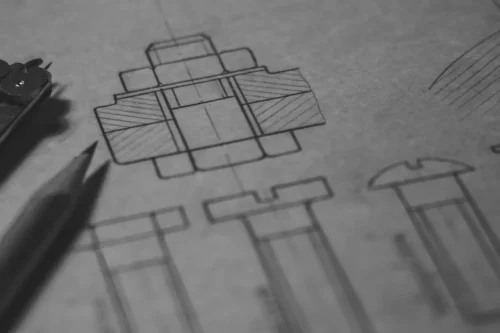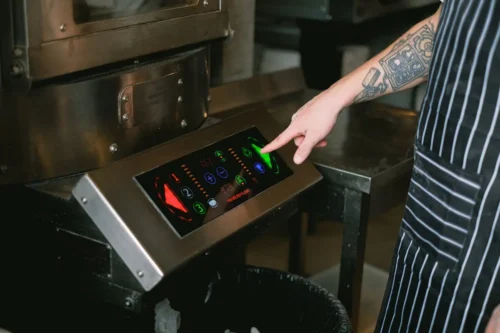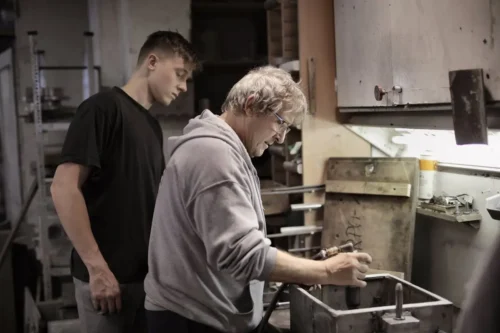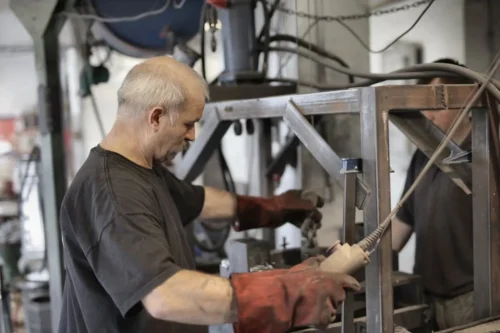Introduction to Leveraging Technology in Manufacturing
In manufacturing, using technology to reduce reworks and save costs is crucial. Technology tools help streamline processes, improve efficiency, and enhance precision in manufacturing operations. Incorporating technology allows manufacturers to minimize errors, optimize production workflows, and ultimately increase profitability. By adopting modern technologies like automation, robotics, and data analytics, manufacturers can achieve higher productivity, lower costs, and better quality outcomes.
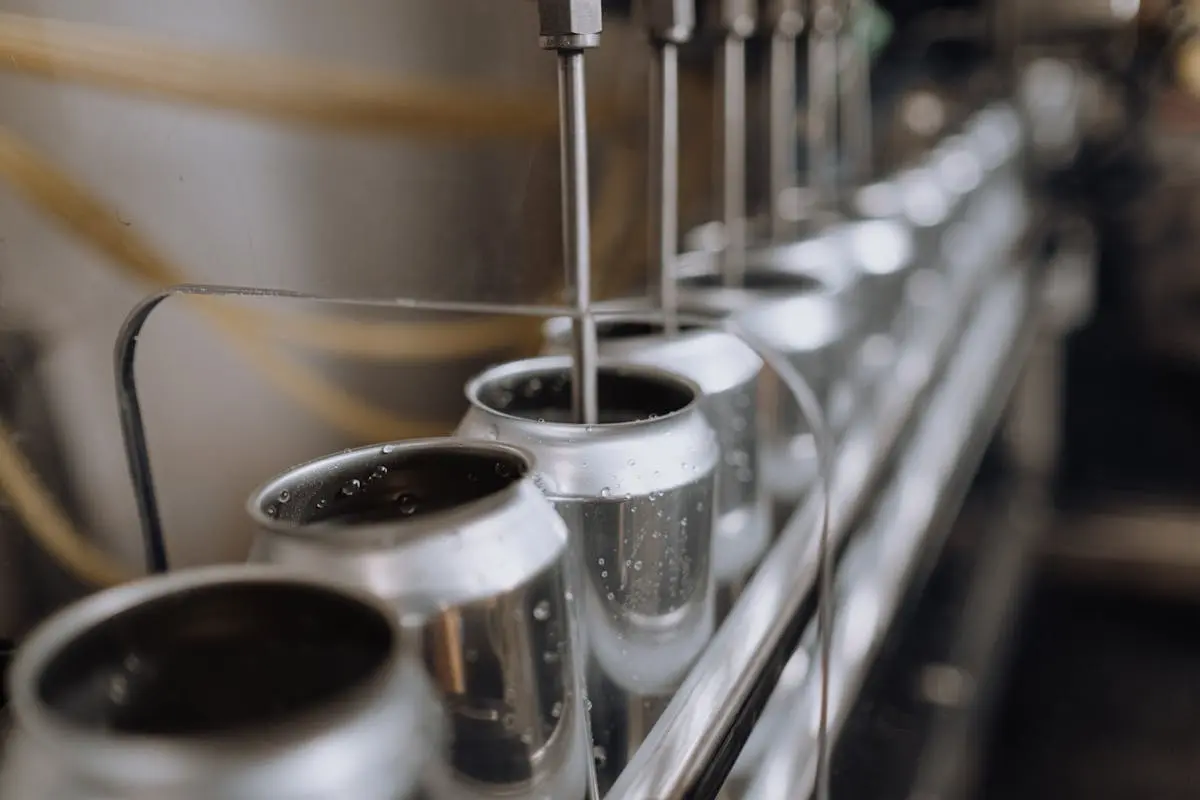
Understanding Reworks in Manufacturing
In manufacturing, reworks happen when a product does not meet the required standards and needs to be modified or redone. Reworks are costly as they consume additional time, resources, and effort. They can also impact production schedules and delay delivery to customers. By reducing reworks through the use of technology, manufacturers can save costs, improve efficiency, and enhance product quality.
Reworks in manufacturing increase costs and reduce efficiency. Each time a product needs to be reworked, it consumes additional resources and time, leading to higher expenses and slower production. Identifying and addressing the root causes of reworks is crucial to improve cost-effectiveness and streamline operations. Reworks impact not only the financial aspect but also the overall productivity of the manufacturing process.
How advanced manufacturing technologies can reduce reworks
Advanced manufacturing technologies can help reduce reworks by improving precision and efficiency in the production process. These technologies can identify errors early on, allowing for quick adjustments to be made before products are completed. Additionally, automated systems can streamline production workflows, minimizing human errors that often lead to reworks. By integrating advanced manufacturing technologies into operations, companies can enhance productivity while decreasing the need for costly rework processes.
Role of Technology in Reducing Reworks
Technology plays a crucial role in reducing reworks in manufacturing processes. By utilizing advanced tools and software, manufacturers can identify errors early on, streamline production processes, and ensure quality standards are met from the start. With real-time monitoring and data analytics, technology helps in detecting potential issues swiftly, leading to fewer reworks and ultimately saving costs.
Automation and quality control systems are essential in modern manufacturing facilities. By implementing these systems, manufacturers can minimize errors, reduce reworks, and enhance efficiency. Automation allows tasks to be performed automatically by machinery or software, reducing the need for manual labor and human intervention. Quality control systems ensure that products meet specific standards and specifications, thus maintaining a high level of quality throughout the manufacturing process. Together, automation and quality control systems streamline operations, increase productivity, and ultimately save costs for manufacturers.
Implementing Digital Twins for Process Optimization
Digital twins simulate real-world manufacturing processes to help companies optimize their operations. By creating a digital replica of a physical asset or system, manufacturers can analyze data and predict potential issues before they occur. This proactive approach allows for process improvements, reducing errors, and ultimately saving costs. Implementing digital twins in manufacturing can lead to increased efficiency, improved product quality, and minimized downtime.
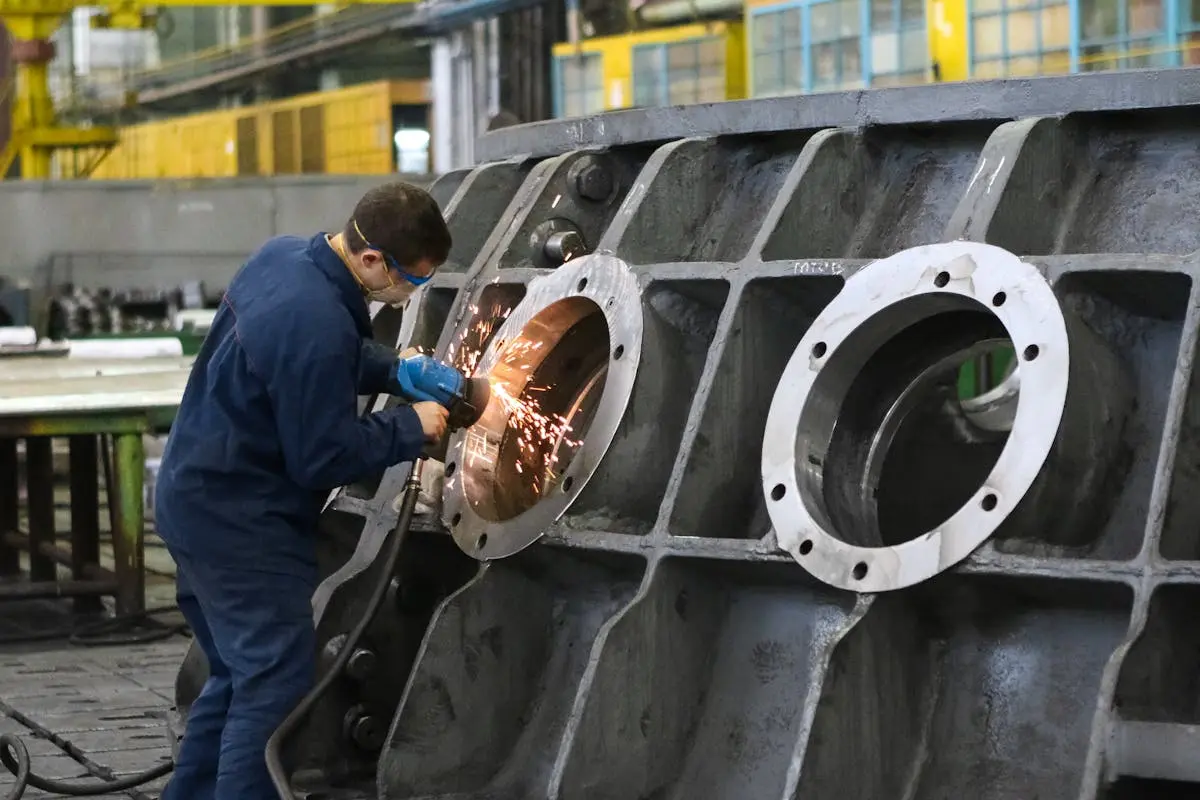
Future Trends in Manufacturing Technology
In the world of manufacturing, keeping up with the latest technology trends is crucial. Future Trends in Manufacturing Technology are aimed at enhancing efficiency and reducing costs. Here’s a sneak peek into what the future holds:
- Automation: More and more processes in manufacturing are becoming automated, leading to increased precision and faster production times.
- Internet of Things (IoT): Connecting machines and systems through IoT allows for real-time monitoring and data-driven decision-making.
- Augmented Reality (AR): AR technology is being utilized for training, maintenance, and improving productivity on the factory floor.
- Additive Manufacturing: 3D printing is revolutionizing the way products are manufactured, offering flexibility and cost savings.
- Artificial Intelligence (AI): AI-powered systems are being integrated for predictive maintenance, quality control, and process optimization.
Stay tuned as these trends shape the future of manufacturing processes.


